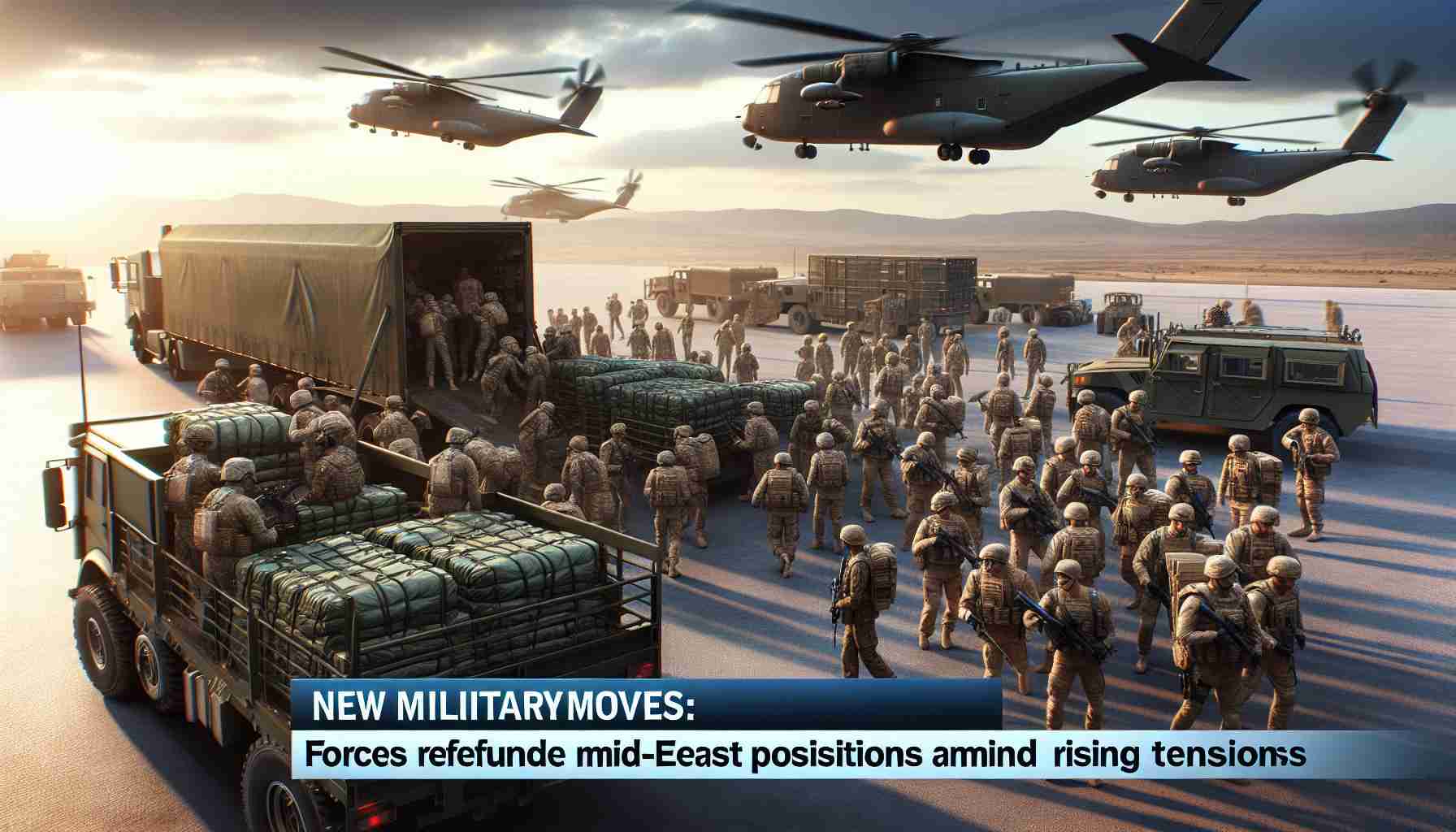In a strategic move prompted by escalating conflicts in the Middle East, the U.S. is significantly boosting its military presence in the region. Defense Secretary Lloyd Austin has instructed the deployment of additional long-range bomber aircraft and Navy warships, coinciding with the scheduled departure of the USS Abraham Lincoln aircraft carrier, which is set to return to its home port in San Diego.
Key Details
As battles continue between Israel and adversaries such as Hamas and Hezbollah, Austin has ordered B-52 Stratofortress bombers and Navy destroyers to be dispatched to the region. The redeployment is a timely maneuver, especially given the ongoing discussions about a potential cease-fire.
The deployment is also seen as a measure to support U.S. allies from potential threats, emphasizing America’s commitment to defending regional partners and securing shipping lanes, especially from threats like the Houthi rebels targeting vessels in the Red Sea.
With an expected departure of its aircraft carrier, the U.S. military is responding with enhanced defenses, utilizing assets like destroyers equipped with ballistic missile defenses. This strategic redistribution will partially offset the temporary absence of a carrier group’s presence, which military leaders consider crucial for deterring regional threats, such as those from Iran.
Future deployments may see the USS Harry S. Truman carrier group navigating toward the Mediterranean, showcasing America’s ongoing adjustment to shifting geopolitical dynamics. Though the timeline for the carrier gap remains unspecified, the current reinforcements signal a robust U.S. engagement aimed at maintaining stability and support for its allies in the volatile Middle East landscape.
U.S. Military Surge in Middle East: Navigating Global Impacts and Prospects
The increased U.S. military presence in the Middle East is raising questions over its global ramifications while igniting debates on both its potential benefits and drawbacks. As the U.S. ramps up deployment of strategic military assets, it’s crucial to examine what this means not only for the region but also for international relations and local communities.
Unveiling New Dimensions
The U.S. military’s augmented presence in the Middle East, primarily with B-52 Stratofortress bombers and Navy destroyers, extends beyond mere defense strategies. This deployment signifies a broader geopolitical message—it’s a reinforcement of alliances and a stance against perceived threats, particularly from countries like Iran. The military buildup also plays a critical role in securing vital shipping routes, assuring global economic stability through the protection of trade pathways such as the Red Sea.
Community Impacts and Global Repercussions
The intensification of military activities can affect local communities by heightening security measures, impacting daily lives, and sometimes displacing populations near conflict zones. For Middle Eastern countries hosting these naval and air assets, it could mean increased protection but also potential risks, as regional tensions might escalate. On the global stage, such military escalations may prompt reactions from other powers, influencing diplomatic relations and fostering a climate of caution or cooperation among international actors.
Fascinating Facts and Controversies
– Military Strategy Innovations: The use of long-range bombers like the B-52 underscores advancements in military strategy, reflecting shifts toward deploying assets capable of sustained and distant operations.
– Economic Stakes: The Middle East is not only a strategic military location but also a hub of global energy resources. Protecting shipping lanes ensures the free flow of oil, vital for the global economy.
– Regional Stability vs. Imperial Overreach: Opinions vary widely—while some see the deployment as a stabilizing force, critics argue it represents U.S. imperial ambitions that can provoke rather than pacify.
Advantages
– Increased Security: The deployment bolsters defensive capabilities, deterring potential aggressors.
– Reassurance of Allies: U.S. allies receive reassurance of support, enhancing regional partnerships and stability.
Disadvantages
– Risk of Escalation: Increased military presence might escalate tensions, possibly triggering broader conflict.
– Resource Allocation: Significant investment in military power could redirect resources from domestic priorities like education and healthcare.
Key Questions and Their Answers
– Why does the U.S. emphasize military deployment in the Middle East? The region’s strategic importance, due to its energy resources and geopolitical challenges, makes it a focal point for ensuring U.S. and allied interests.
– Could this lead to a new conflict? While the deployment aims to deter threats, the potential for increased hostilities cannot be dismissed, emphasizing the need for diplomatic engagement alongside military measures.
For further insights on related military and geopolitical dynamics, explore these resources:
– U.S. Department of Defense
– NATO
– United Nations
As the situation unfolds, the global community must navigate the complex dance between maintaining peace and asserting defense measures, striving for a future where such strategic deployments aid in achieving long-term stability.







